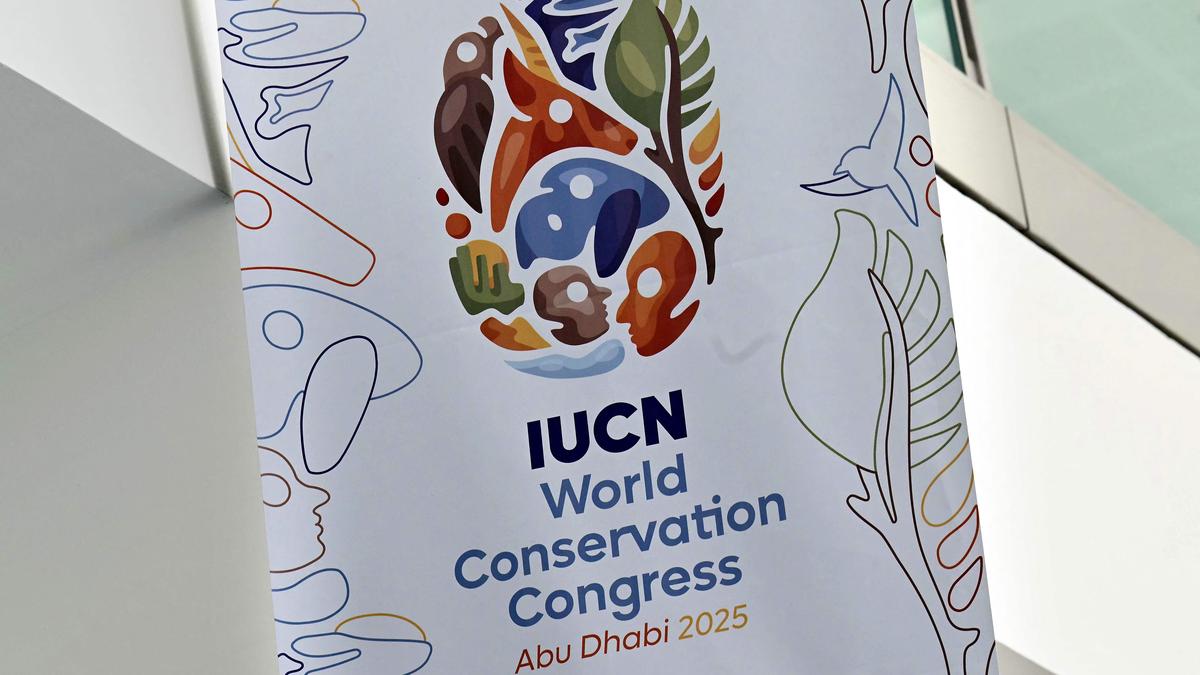Seals, birds under threat in new 'red list' of endangered species

Seals and Birds under Threat in IUCN’s Updated Red List – Expert UPSC Analysis
Introduction
The International Union for Conservation of Nature (IUCN) has released an updated Red List highlighting the growing threat to Arctic seals and global bird populations. The findings underscore the accelerating impact of climate change and human activities on fragile ecosystems, particularly in polar and tropical regions.
Key Findings of the Report
The IUCN’s latest assessment now covers 172,620 species, of which 48,646 are threatened with extinction. The update reflects not only the deteriorating state of biodiversity but also the uneven outcomes of global conservation efforts.
1. Seals in the Arctic
- The hooded seal has been reclassified from Vulnerable to Endangered.
- The bearded seal and harp seal are now Near Threatened.
- The primary causes include the accelerated melting of sea ice due to global warming, increased maritime traffic, oil exploration, and industrial fishing.
Arctic warming is occurring at four times the global average, drastically reducing sea ice extent and duration. Ice-dependent seals, being keystone species, play a critical role in maintaining Arctic food webs by recycling nutrients and supporting higher predators.
2. Global Decline in Bird Populations
The IUCN’s bird assessment, based on nine years of research, reveals that 61 percent of bird species have declining populations—up from 44 percent in 2016. Of 11,185 assessed species, 1,256 (11.5 percent) are now globally threatened.Deforestation, agricultural expansion, and habitat loss driven by logging are the principal threats. Regions such as Madagascar, West Africa, and parts of Central America show significant deterioration in avian diversity, with several species newly classified as Near Threatened or Vulnerable.
Positive Development
A notable success highlighted by the IUCN is the recovery of the green turtle, which is no longer listed as Endangered. Decades of sustained conservation initiatives have increased its population by 28 percent since the 1970s. The species’ recovery demonstrates that long-term, coordinated conservation measures can yield tangible results. However, experts caution that this should not lead to complacency.
Broader Implications
The report reinforces the link between climate change and biodiversity decline. In the Arctic, rapid warming is altering entire ecosystems, while in tropical regions, unsustainable land use continues to degrade habitats. The data further underline the global nature of the biodiversity crisis, requiring international cooperation and stronger enforcement of conservation commitments under frameworks such as the Convention on Biological Diversity (CBD) and the Kunming-Montreal Global Biodiversity Framework.
Conclusion
The IUCN Red List 2025 serves as a stark reminder of humanity’s growing imprint on nature. The simultaneous decline of Arctic seals and tropical birds signals a systemic ecological imbalance. While conservation successes such as the green turtle recovery offer hope, the overall trajectory demands urgent, science-driven policy interventions and global environmental accountability.
Updated - October 13, 2025 02:47 pm | The Hindu